10g
Showing 4101–4150 of 4637 results
-

rac 1,2-Diaminopropane
$88.84 Add to cart View Product DetailsMolecular Formula : C3H10N2
-
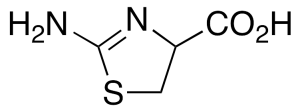
rac 2-Aminothiazoline-4-carboxylic Acid
$690.86 Add to cart View Product DetailsMolecular Formula : C4 H6 N2 O2 S
-
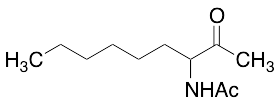
rac 3-Acetamidononan-2-one
$1,154.03 Add to cart View Product DetailsMolecular Formula : C11 H21 N O2
-
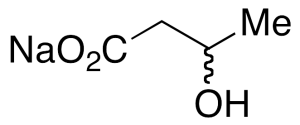
rac 3-Hydroxybutyric Acid Sodium Salt
$119.89 Add to cart View Product DetailsMolecular Formula : C4H7NaO3
-
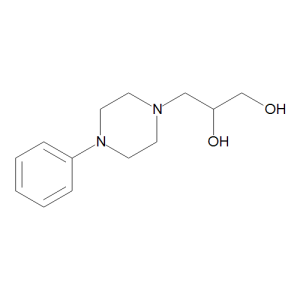
rac Dropropizine
$1,098.83 Add to cart View Product DetailsMolecular Formula : C13 H20 N2 O2
-

rac Fenfluramine Di-O-benzoyl-L-tartaric Acid
$1,537.84 Add to cart View Product DetailsMolecular Formula : C30H30F3NO8
-

rac Ibuprofen
$137.14 Add to cart View Product DetailsMolecular Formula : C13 H18 O2
-
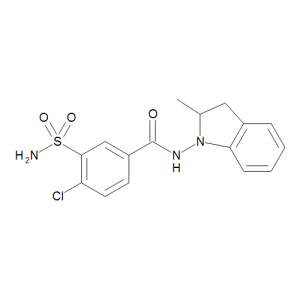
rac Indapamide
$214.76 Add to cart View Product DetailsMolecular Formula : C16 H16 Cl N3 O3 S
-
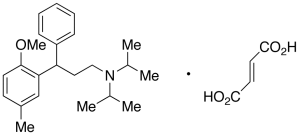
rac O-Methyl Tolterodine Fumarate
$1,358.44 Add to cart View Product DetailsMolecular Formula : C27H37NO5
-

rac Sulpiride
$94.01 Add to cart View Product DetailsMolecular Formula : C15 H23 N3 O4 S
-
rac-1-(2,4-Dichlorophenyl)-2-(1-imidazolyl)ethanol
$113.85 Add to cart View Product DetailsMolecular Formula : C11 H10 Cl2 N2 O
-
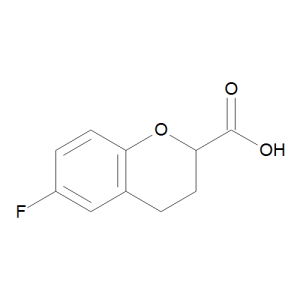
rac-6-Fluoro-3,4-dihydro-2H-1-benzopyran-2-carboxylic Acid
$187.16 Add to cart View Product DetailsMolecular Formula : C10 H9 F O3
-

rac-Crotonoyl Chloride
$78.49 Add to cart View Product DetailsMolecular Formula : C4H5ClO
-
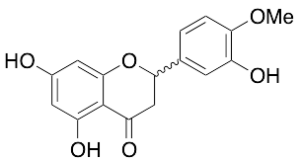
rac-Hesperetin
$1,047.08 Add to cart View Product DetailsMolecular Formula : C16 H14 O6
-

rac-Propranolol Hydrochloride
$137.14 Add to cart View Product DetailsMolecular Formula : C16 H21 N O2 . Cl H
-
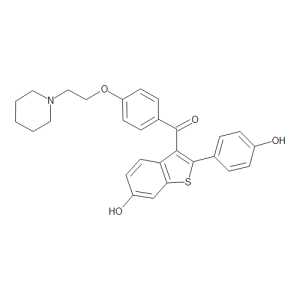
Raloxifene
$975.49 Add to cart View Product DetailsMolecular Formula : C28 H27 N O4 S
-

Rapidosept
$91.43 Add to cart View Product DetailsMolecular Formula : C7 H6 Cl2 O
-
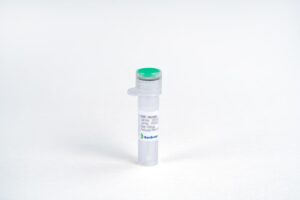
RBP4, His, Human
$63.83 Add to cart View Product DetailsThe properties of retinol binding protein is the transport carrier of vitamin A in the plasma. Human-retinol binding protein is a single-chain polypeptide with a molecular weight of approximately 21000 and one binding site for retinol and other forms of vitamin A. In addition, compounds related to retinol, such as retinal, retinoic acid, retinyl esters and geometric isomers of retinol and of retinal were evaluated for their ability to bind to this protein. In plasma, RBP4-retinol forms a complex with transthyretin (TTR), also known as thyroxine-binding protein and prealbumin. Defects in RBP4 cause retinol-binding protein deficiency, which affects night vision.
-

Rebaudioside A
$104.36 Add to cart View Product DetailsMolecular Formula : C44 H70 O23
-

Resazurin Sodium Salt (Technical Grade)
$248.40 Add to cart View Product DetailsMolecular Formula : C12 H6 N O4 . Na
-

Resorcinol
$78.49 Add to cart View Product DetailsMolecular Formula : C6 H6 O2
-

Rhodium (5% on Alumina)
$1,668.94 Add to cart View Product DetailsMolecular Formula : Rh
-
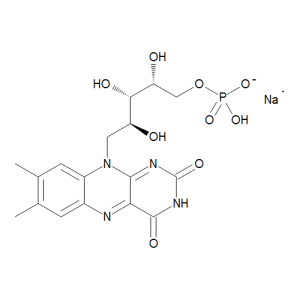
Riboflavin Phosphate Sodium Salt (~70%)
$84.53 Add to cart View Product DetailsMolecular Formula : C17 H20 N4 O9 P . Na
-

Robenidine Hydrochloride
$126.79 Add to cart View Product DetailsMolecular Formula : C15 H13 Cl2 N5 . Cl H
-

Rochelle’s Salt
$144.04 Add to cart View Product DetailsMolecular Formula : C4 H4 O6 . K . Na . 4 H2 O
-
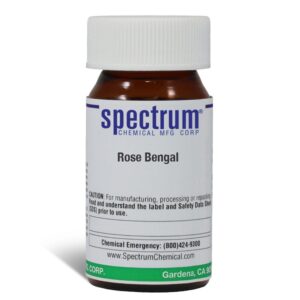
Rose Bengal
$74.87 Add to cart View Product DetailsRose Bengal
-

Roxatidine Acetate Hydrochloride
$570.11 Add to cart View Product DetailsMolecular Formula : C19 H28 N2 O4 . Cl H
-

Roxithromycin
$149.21 Add to cart View Product DetailsMolecular Formula : C41 H76 N2 O15
-
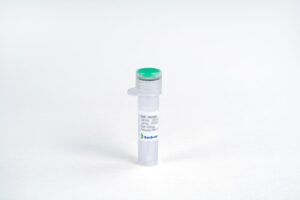
RSPO1, His, Human
$155.25 Add to cart View Product DetailsRSPO1 is a secreted protein, containing 2 FU(furin-like) repeats and 1 TSP type-1 domain and belonging to the R-spondin family. RSPO1 is required for the early development of gonads, regardless of sex. It has been found in mice only eleven days after fertilization. To induce cell proliferation, it acts synergistically with WNT4. They help stabilize β catenin, which activates downstream targets. RSPO1 is necessary in female sex development. It augments the WNT/β catenin pathway to oppose male sex development. In critical gonadal stages, between six and nine weeks after fertilization, the ovaries upregulate it while the testes downregulate it. RSPO1 can potentially aid in the treatment of mucositis, which is characterized by inflammation of the oral cavity. This unfortunate condition often accompanies chemotherapy and radiation in cancer patients with head and neck tumors.
-
Ruthenium On Carbon
$212.18 Add to cart View Product DetailsMolecular Formula : Ru
-

Ruthenium(IV) Oxide Hydrate
$264.79 Add to cart View Product DetailsMolecular Formula : O2Ru . X(H2O)
-

Rutin
$120.75 Add to cart View Product DetailsMolecular Formula : C27 H30 O16
-

S-(-)-Nicotine Ditartrate Dihydrate
$474.38 Add to cart View Product DetailsMolecular Formula : C10 H14 N2 . 2 C4 H6 O6 . 2 H2 O
-

S-(+)-2-Amino-1-propanol
$60.38 Add to cart View Product DetailsMolecular Formula : C3 H9 N O
-
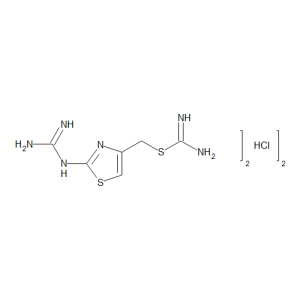
S-(2-Guanidino-4-thiazolyl)methylisothiourea Dihydrochloride
$1,240.28 Add to cart View Product DetailsMolecular Formula : C6 H10 N6 S2 . 2 Cl H
-
S-2-Benzothiazolyl-2-amino-a-(methoxyimino)-4-thiazolethiolacetate
$104.36 Add to cart View Product DetailsMolecular Formula : C13 H10 N4 O2 S3
-
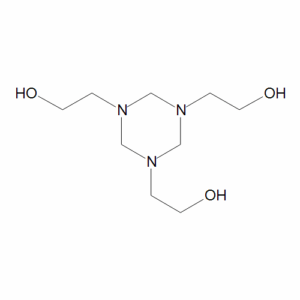
s-Triazine-1,3,5-triethanol
$1,305.83 Add to cart View Product DetailsMolecular Formula : C9 H21 N3 O3
-

Saccharin Calcium Hydrate (4:2:7)
$537.34 Add to cart View Product DetailsMolecular Formula : 4 C7 H4 N O3 S . 2 Ca . 7 H2 O
-

Safranal (>80%)
$157.84 Add to cart View Product DetailsMolecular Formula : C10 H14 O
-
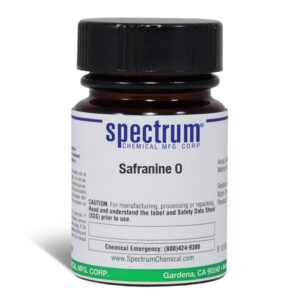
Safranine O
$53.82 Add to cart View Product DetailsSafranine O
-

Salicylaldehyde
$67.28 Add to cart View Product DetailsMolecular Formula : C7 H6 O2
-
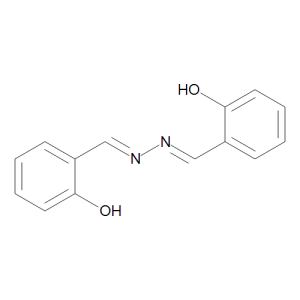
Salicylaldehyde Azine
$78.49 Add to cart View Product DetailsMolecular Formula : C14 H12 N2 O2
-
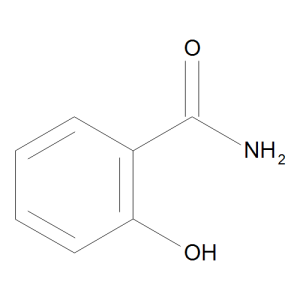
Salicylamide
$169.05 Add to cart View Product DetailsMolecular Formula : C7 H7 N O2
-

Salicylic Acid
$263.06 Add to cart View Product DetailsMolecular Formula : C7 H6 O3
-

Salinomycin Sodium Salt (12% min.)
$263.06 Add to cart View Product DetailsMolecular Formula : C42 H69 O11 . Na
-
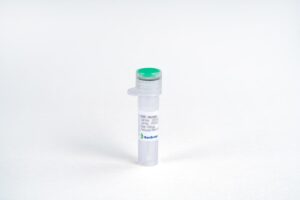
SCF, Human (P. pastoris-expressed)
$86.25 Add to cart View Product DetailsStem cell factor (also known as SCF, KIT-ligand, KL, or steel factor) is a cytokine that binds to the c-KIT receptor (CD117). SCF can exist both as a transmembrane protein and a soluble protein. It stimulates the proliferation of myeloid, erythroid, and lymphoid progenitors in bone marrow cultures and has been shown to act synergistically with colony stimulating factors. SCF plays an important role in the hematopoiesis during embryonic development. SCF can regulates HSCs in the stem cell niche in the bone marrow. SCF has been shown to increase the survival of HSCs in vitro and contributes to the self-renewal and maintenance of HSCs in-vivo.
-

SCF, Mouse
$86.25 Add to cart View Product DetailsStem cell factor (also known as SCF, KIT-ligand, KL, or steel factor) is a cytokine that binds to the c-KIT receptor (CD117). SCF can exist both as a transmembrane protein and a soluble protein. It stimulates the proliferation of myeloid, erythroid, and lymphoid progenitors in bone marrow cultures and has been shown to act synergistically with colony stimulating factors. SCF plays an important role in the hematopoiesis during embryonic development. SCF can regulates HSCs in the stem cell niche in the bone marrow. SCF has been shown to increase the survival of HSCs in vitro and contributes to the self-renewal and maintenance of HSCs in-vivo.
-

SCF, Rat (HEK 293-expressed)
$86.25 Add to cart View Product DetailsStem cell factor (also known as SCF, KIT-ligand, KL, or steel factor) is a cytokine that binds to the c-KIT receptor (CD117). SCF can exist both as a transmembrane protein and a soluble protein. It stimulates the proliferation of myeloid, erythroid, and lymphoid progenitors in bone marrow cultures and has been shown to act synergistically with colony stimulating factors. SCF plays an important role in the hematopoiesis during embryonic development. SCF can regulates HSCs in the stem cell niche in the bone marrow. SCF has been shown to increase the survival of HSCs in vitro and contributes to the self-renewal and maintenance of HSCs in-vivo.
-
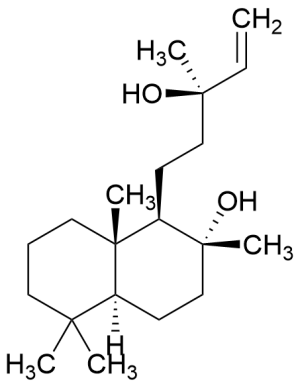
Sclareol (~90%)
$132.83 Add to cart View Product DetailsMolecular Formula : C20 H36 O2
-

SDF-1α/CXCL12, Human
$155.25 Add to cart View Product DetailsStromal-Cell Derived Factor-1 alpha/ CXCL12 (SDF-1α) and SDF-1β, members of the chemokine α subfamily that lack the ELR domain, were initially identified using the signal sequence trap cloning strategy from a mouse bone-marrow stromal cell line. These proteins were subsequently also cloned from a human stromal cell line as cytokines that supported the proliferation of a stromal cell-dependent pre-B-cell line. SDF-1α and SDF-1β cDNAs encode precursor proteins of 89 and 93 amino acid residues, respectively. Both SDF-1α and SDF-1β are encoded by a single gene and arise by alternative splicing. The two proteins are identical except for the four amino acid residues that are present in the carboxy-terminus of SDF-1β and absent from SDF-1α. SDF-1/PBSF is highly conserved between species, with only one amino acid substitution between the mature human and mouse proteins. SDF-1/PBSF acts via the chemokine receptor CXCR4 and has been shown to be a chemoattractant for T-lymphocytes, monocytes, pro- and pre- B cells, but not neutrophils. Mice lacking SDF-1 or CXCR4 have been found to have impaired B-lymphopoiesis, myelopoiesis, vascular development, cardiogenesis and abnormal neuronal cell migration and patterning in the central nervous system.






